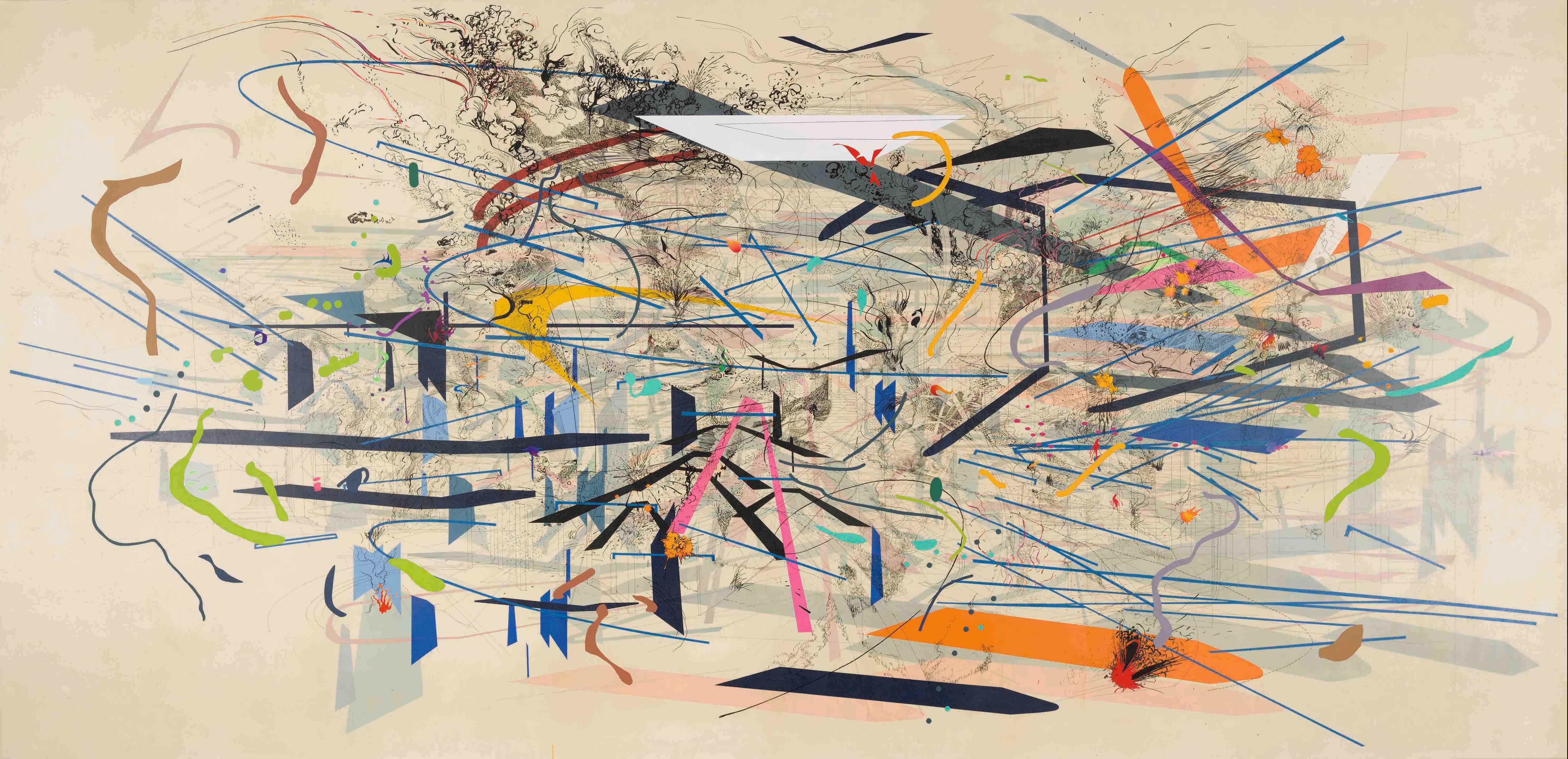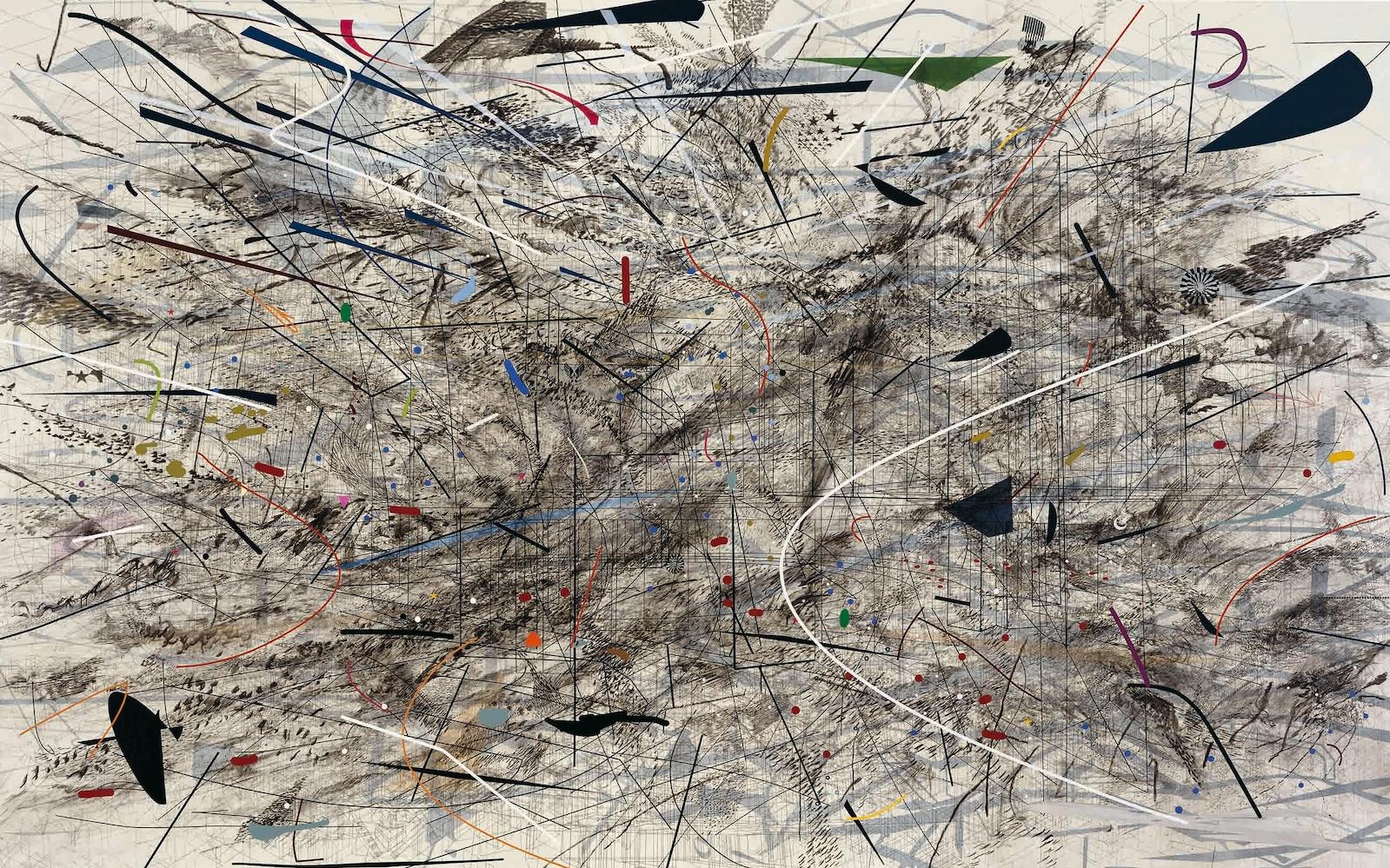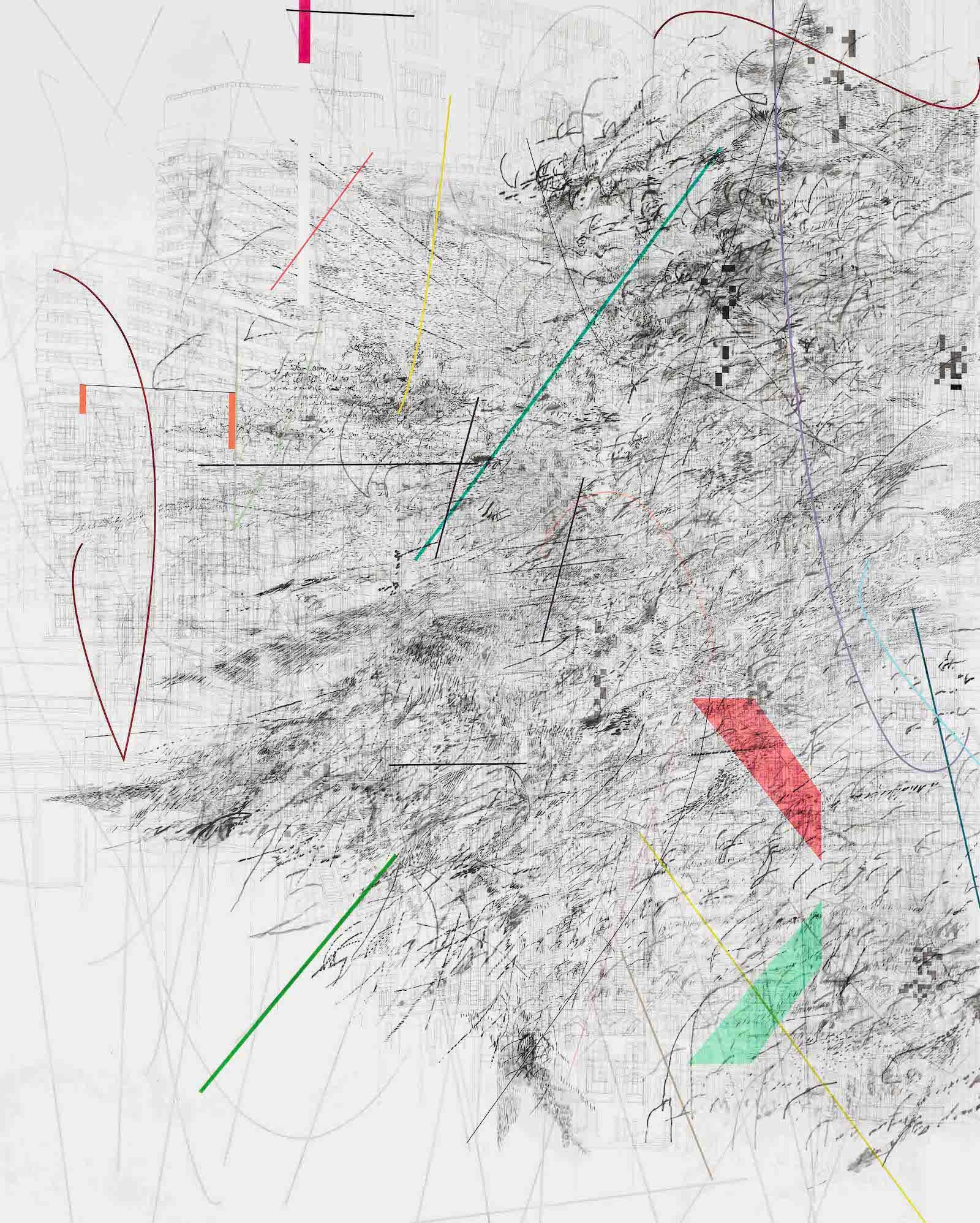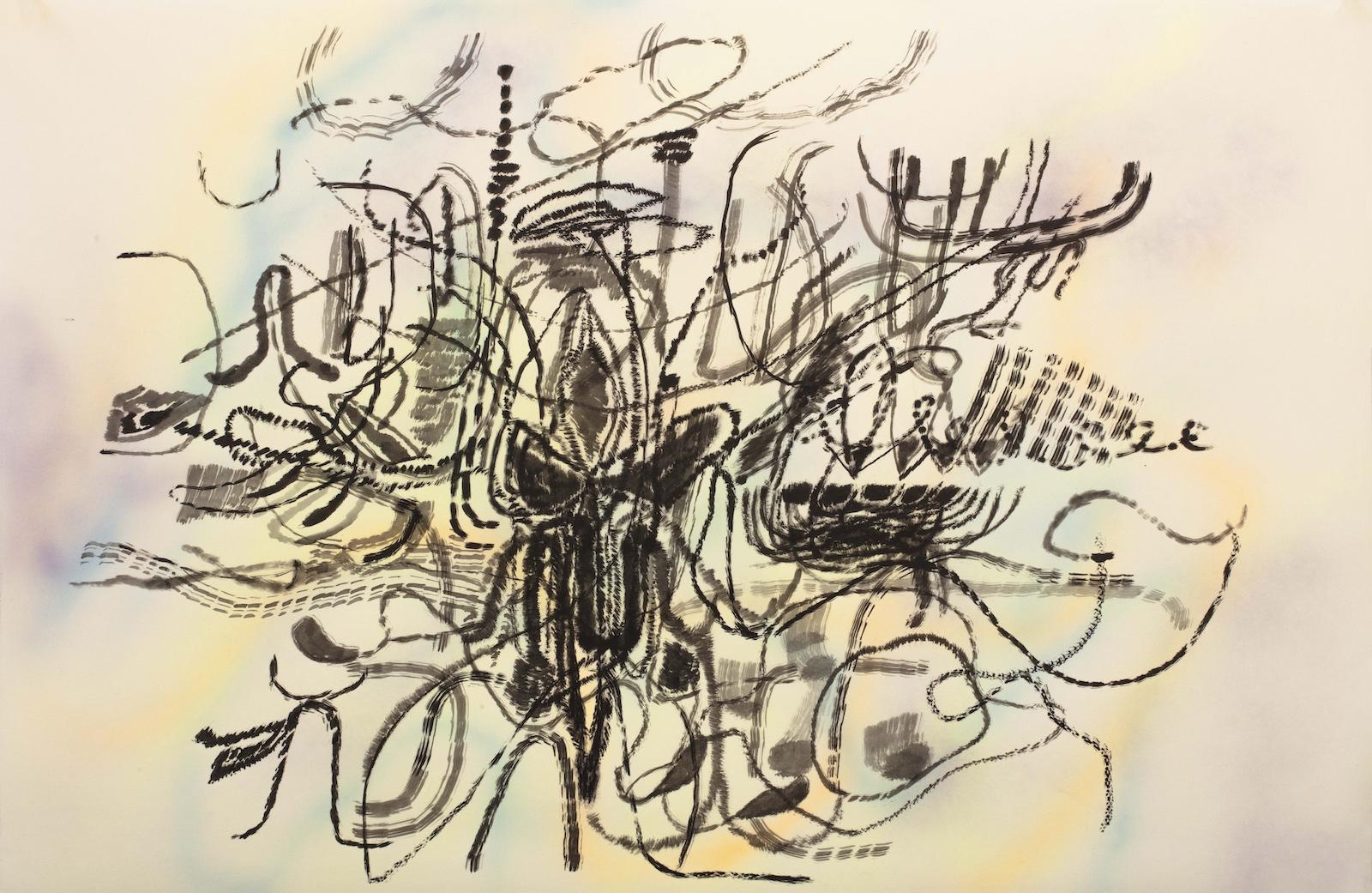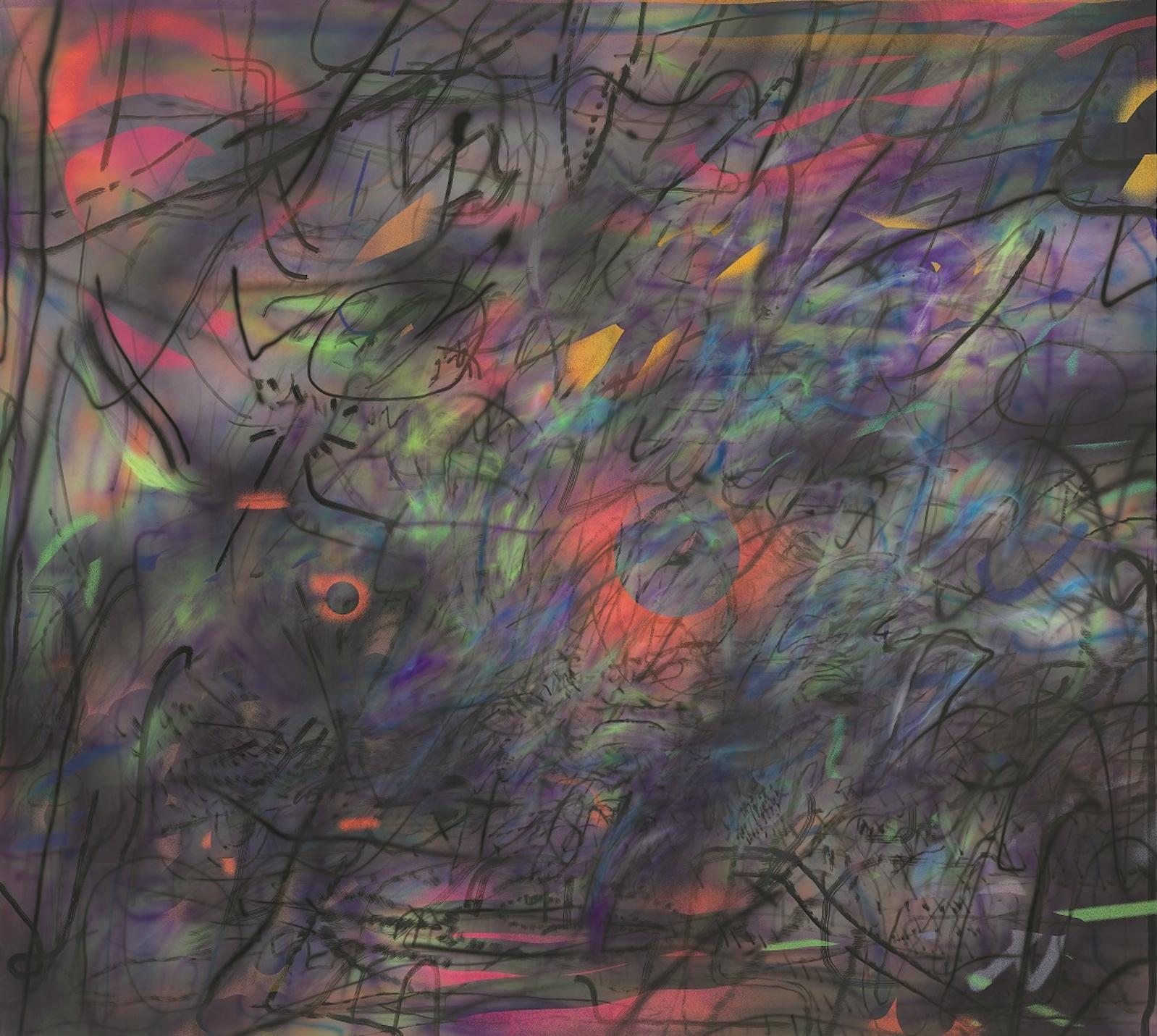“Few artistic encounters are more thrilling than standing close to one of Julie Mehretu’s monumental canvases, enveloped in its fullness, color, forms, and symbolic content. Mehretu’s conviction and mastery of composition and brushwork—along with the sheer energy and full-on commitment of her execution—endow her works with a life force, presence, and presentness,” said Adam D. Weinberg, Alice Pratt Brown Director of the Whitney. “The Whitney Museum is particularly pleased to co-organize this midcareer survey with LACMA, and we are thrilled to continue our longstanding and close relationship with the artist, who has been included in numerous group exhibitions at the Whitney, beginning with the 2004 Biennial.”
Scott Rothkopf, Senior Deputy Director and Nancy and Steve Crown Family Chief Curator, added: “Since 1948, when the Whitney presented its first retrospective of a living artist, Yasuo Kuniyoshi, we have maintained a strong commitment to providing substantial, in-depth views on the most groundbreaking artists of our time. I am thrilled that Mehretu's show joins a sequence of midcareer surveys in our new building, which has featured Laura Owens, Zoe Leonard, and Rachel Harrison. Taken together, these shows reveal a wide variety of mediums and artistic approaches, but they are united in their emphasis on innovation and their shared concern for giving voice and shape to contemporary experience."
Mehretu’s paintings synthesize vast amounts of visual information and diverse cultural references, from Babylonian stelae to architectural drawings and from European history painting to the sites and symbols of African liberation movements. Spanning medium, scale, and subject, the exhibition centers her examinations of colonialism, capitalism, global uprising, and displacement through the artistic strategies of abstraction, landscape, and, most recently, figuration.




